Refine listing
Actions for selected content:
23 results in Cambridge Elements

Content and Language Integrated Learning (CLIL)
- Coming soon
-
- Expected online publication date:
- November 2025
- Print publication:
- 30 November 2025
-
- Element
- Export citation
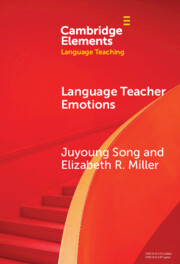
Language Teacher Emotions
-
- Published online:
- 17 September 2025
- Print publication:
- 09 October 2025
-
- Element
- Export citation
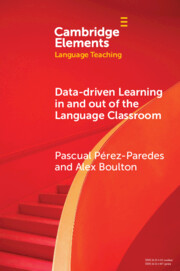
Data-driven Learning in and out of the Language Classroom
-
- Published online:
- 16 May 2025
- Print publication:
- 12 June 2025
-
- Element
- Export citation
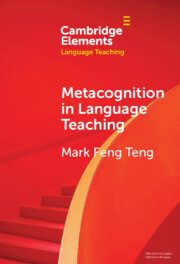
Metacognition in Language Teaching
-
- Published online:
- 06 March 2025
- Print publication:
- 06 March 2025
-
- Element
- Export citation
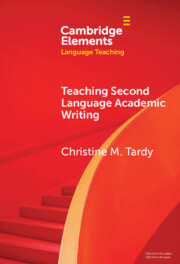
Teaching Second Language Academic Writing
-
- Published online:
- 20 February 2025
- Print publication:
- 20 February 2025
-
- Element
- Export citation
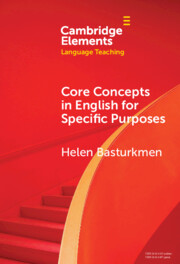
Core Concepts in English for Specific Purposes
-
- Published online:
- 13 February 2025
- Print publication:
- 30 January 2025
-
- Element
- Export citation
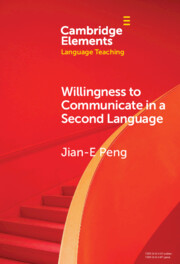
Willingness to Communicate in a Second Language
-
- Published online:
- 25 December 2024
- Print publication:
- 06 February 2025
-
- Element
-
- You have access
- Open access
- HTML
- Export citation
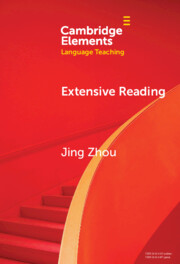
Extensive Reading
-
- Published online:
- 19 December 2024
- Print publication:
- 19 December 2024
-
- Element
- Export citation
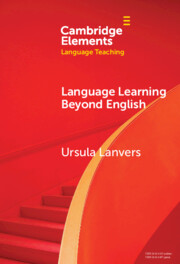
Language Learning beyond English
- Learner Motivation in the Twenty-First Century
-
- Published online:
- 14 June 2024
- Print publication:
- 21 November 2024
-
- Element
-
- You have access
- Open access
- HTML
- Export citation
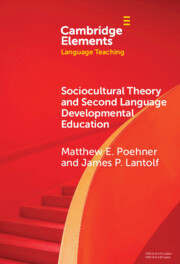
Sociocultural Theory and Second Language Developmental Education
-
- Published online:
- 21 May 2024
- Print publication:
- 06 June 2024
-
- Element
- Export citation
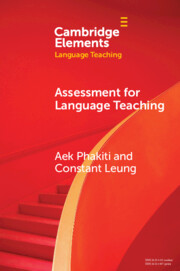
Assessment for Language Teaching
-
- Published online:
- 01 May 2024
- Print publication:
- 30 May 2024
-
- Element
- Export citation
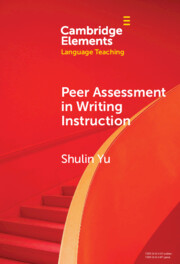
Peer Assessment in Writing Instruction
-
- Published online:
- 26 January 2024
- Print publication:
- 04 April 2024
-
- Element
- Export citation
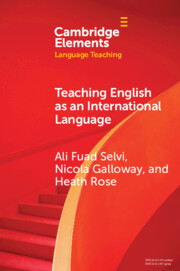
Teaching English as an International Language
-
- Published online:
- 20 December 2023
- Print publication:
- 01 February 2024
-
- Element
- Export citation
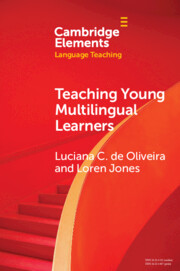
Teaching Young Multilingual Learners
- Key Issues and New Insights
-
- Published online:
- 20 January 2023
- Print publication:
- 02 February 2023
-
- Element
- Export citation
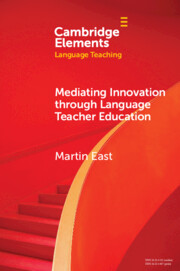
Mediating Innovation through Language Teacher Education
-
- Published online:
- 20 October 2022
- Print publication:
- 10 November 2022
-
- Element
- Export citation
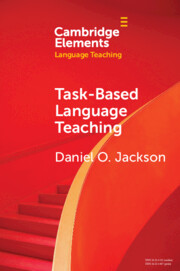
Task-Based Language Teaching
-
- Published online:
- 22 September 2022
- Print publication:
- 06 October 2022
-
- Element
- Export citation
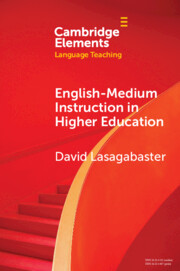
English-Medium Instruction in Higher Education
-
- Published online:
- 22 August 2022
- Print publication:
- 08 September 2022
-
- Element
- Export citation
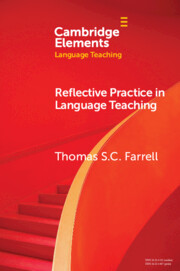
Reflective Practice in Language Teaching
-
- Published online:
- 22 April 2022
- Print publication:
- 19 May 2022
-
- Element
- Export citation
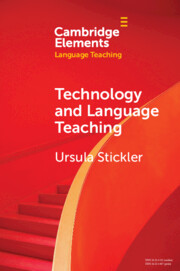
Technology and Language Teaching
-
- Published online:
- 31 March 2022
- Print publication:
- 28 April 2022
-
- Element
- Export citation
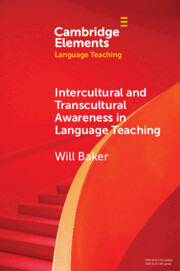
Intercultural and Transcultural Awareness in Language Teaching
-
- Published online:
- 10 March 2022
- Print publication:
- 07 April 2022
-
- Element
- Export citation
